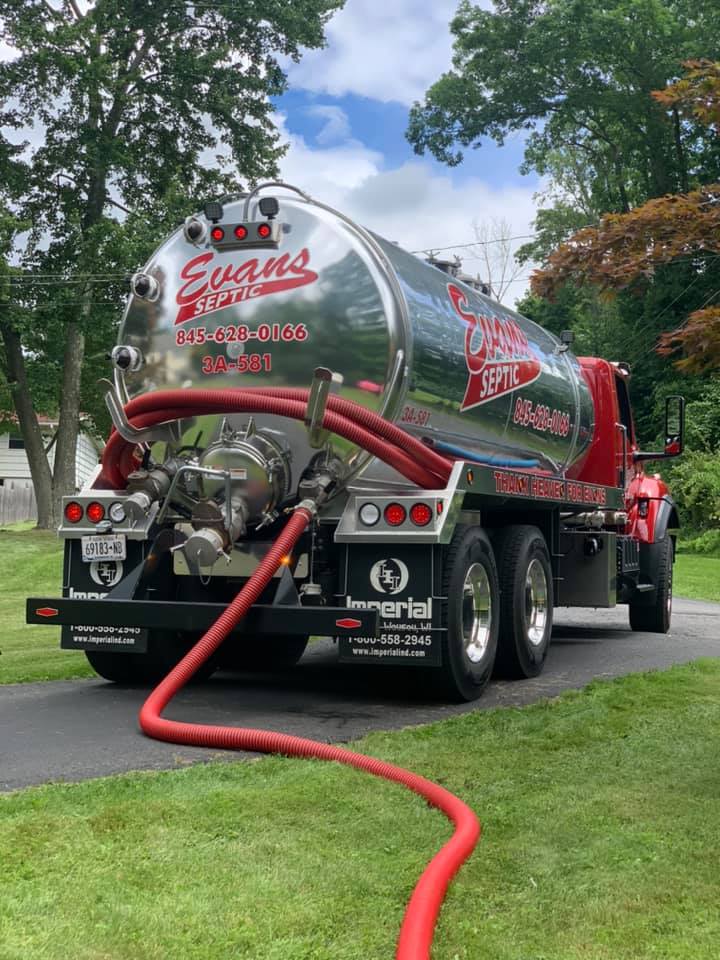The Basic Principles Of Stillwell Septic And Grading
The Basic Principles Of Stillwell Septic And Grading
Blog Article
6 Easy Facts About Stillwell Septic And Grading Explained
Table of ContentsThe Buzz on Stillwell Septic And GradingStillwell Septic And Grading Things To Know Before You BuySome Known Incorrect Statements About Stillwell Septic And Grading Getting My Stillwell Septic And Grading To WorkAll About Stillwell Septic And GradingA Biased View of Stillwell Septic And GradingThe Only Guide to Stillwell Septic And Grading
In general, sewage-disposal tank setup is a complicated process that needs careful preparation and execution. Homeowners should function with a respectable installment group and know local policies and demands to ensure that their septic system operates effectively for many years to come. After the septic system has actually been installed and attached to the drain field, it is time to backfill the location.The backfill material need to be without clods, huge rocks, frozen matter, and debris that can cause gaps in the backfill that might permit clearing up over time. Squashed rock or pea crushed rock 1/2-inch in size is chosen if indigenous materials are not proper. Once the backfilling is full, it is time to landscape the location.
As soon as the septic system has been installed, it is crucial to test it to make certain that it is working correctly (Septic Tank Pumping). https://stillwellsag.carrd.co/. Evaluating the system involves looking for leaks, guaranteeing that the container goes to the ideal level, and analyzing the drainpipe area. One of one of the most usual examinations executed is the hydraulic load examination
The Best Strategy To Use For Stillwell Septic And Grading
The water is then checked to make certain that it moves properly via the pipelines and into the drain area. If the water does not flow appropriately or supports right into the container, it might suggest a problem with the system. One more examination that is commonly performed is the color examination.
The color is then kept track of to make certain that it moves properly through the pipelines and into the drainpipe field. If the color does not flow properly or shows up in the wrong area, it might suggest an issue with the system. It is vital to have an expert do these tests to make certain that they are done correctly.

Some Known Facts About Stillwell Septic And Grading.
Below are some important pointers for property owners to preserve their septic tank: The ordinary family septic system must be inspected a minimum of every 3 years by a septic service specialist. The frequency of pumping depends upon the dimension of the tank and the variety of individuals utilizing it. https://www.intensedebate.com/people/stillwellsag. A basic general rule is to pump the tank every three to five years
Making use of water-efficient fixtures and devices, such as low-flow showerheads and bathrooms, can decrease water usage and aid the septic system job extra effectively. Only flush bathroom tissue and human waste down the bathroom. Stay clear of flushing anything else, including womanly hygiene items, child wipes, and cooking oil, as they can clog the system.
8 Simple Techniques For Stillwell Septic And Grading
Sewage-disposal tank setup is an intricate process that needs mindful planning and implementation. Home owners must know the necessary actions included in the installation process to ensure that their septic system operates appropriately and efficiently. The very first step is to evaluate the site where the septic system will be installed.
The soil kind will certainly impact just how quickly wastewater is soaked up and filtered. When the website has been reviewed, the next action is to plan for the setup. This includes acquiring the required permits and assessments, along with picking the appropriate professional for the task. Property owners have to guarantee that their specialist is experienced in sewage-disposal tank installment and will certainly function along with them throughout the procedure.
The Best Strategy To Use For Stillwell Septic And Grading

Homeowners have to understand the necessary steps associated with the installment process to ensure that their septic system functions correctly and effectively. By following these steps and maintaining their system, property owners can feel confident that their septic tank will offer reliable wastewater treatment for years to come.
Virtually one in 5 United state homes have septic systems. If you're not properly maintaining your septic system, you're not only injuring the environment, you're putting your family's health and wellness at riskand might be purging thousands of dollars down the drain!
The Facts About Stillwell Septic And Grading Revealed

All that additional water can really strain your septic system. This can be handy specifically if your system has not been pumped in a lengthy time.
Top Guidelines Of Stillwell Septic And Grading
Know your system's location. When you have the tank pumped, draw a representation or map showing its place in connection to fixed factors - edges of the home, steps, or fencing articles.
Lower the amount of wastewater that need to be dealt with and disposed of by your system: Laundry no more than one or two loads of clothes daily. Up to 53 gallons of water flood your septic system with each lots, so it's finest to spread out washing out over the week.
Report this page